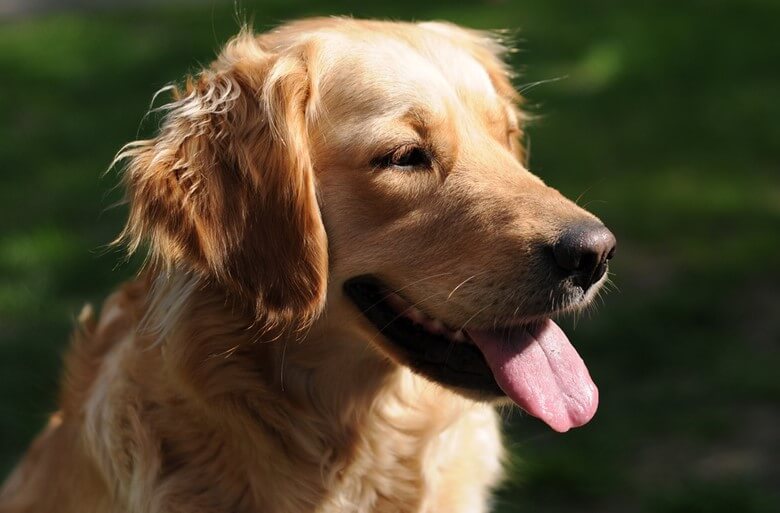26 May 2016
Summertime care and safety
There are a lot of campaigns this summer about leaving dogs in hot cars, and rightly so. You should never leave a dog alone in a car even if it’s “just for a minute”. If the car feels cool to you, a window is open or you park in the shade is still not enough. Just 20 minutes in a hot car can prove fatal to a dog should its body temperature exceed 41°C. If dogs are left they can develop a loss of muscle control, kidneys cease to function, the brain becomes irreversibly damaged and finally their heart will stop. This is a terrifying and painful way to die.
You should try to walk dogs in the morning and late afternoon/evening; this avoids the hottest times of the day and can prevent overheating and sun burn. Dogs that have short or light coats are more prone to burning and if necessary should be protected with a suitable sun lotion. If dogs do get burnt, apply pure and natural aloe vera twice a day to sooth irritated areas. One thing to remember is that dog’s paws can easily be burnt on hot surfaces such as pavements; waiting for a cooler time will prevent this.
Whilst on a walk or out in the garden dogs are more susceptible of being stung or bitten by insects. Some dogs can be allergic to stings and bites and tend to come out in hives or develop swollen areas. If you know your dog has an allergy, pet-friendly insect repellent can be purchased in most pet stores or online. Regular grooming will help keep coats clear of pests.
Never allow dogs to lie out in the sun for long periods of time. Some dogs do not know their limits, panting can become out of control. Give access to plenty of water and actively encourage them to drink often and stay hydrated. A good way to check for dehydration is to gently pull the skin upwards. If it does not return to its previous shape it could be a sign of early sign of a lack of fluids.
Symptoms of heatstroke are heavy panting, heavy salivation, rapid pulse, very red gums and tongue, lethargy, lack of communication, reluctance/inability to rise after lying down, vomiting, diarrhoea and loss of consciousness.
Puppies, sensitive, overweight or senior dogs are more susceptible than others. They react quicker and more fatally.
Keeping cool:
- Paddling pools or sprinklers are an effective way of cooling a hot dog immediately. Fabric toys soaked in water is also a fun and refreshing way to hydrate if they do not fancy a quick dip.
- Home-made icy treats such as ice cubes, frozen fruit/veg or frozen, try adding them to a bowl of water or making ‘slushies’ to mix it up.
- There are broad range of cooling beds, mats, coats and bandanas on the market to help to lower your dog’s temperature; these can be useful after walks, round the house or at shows.
